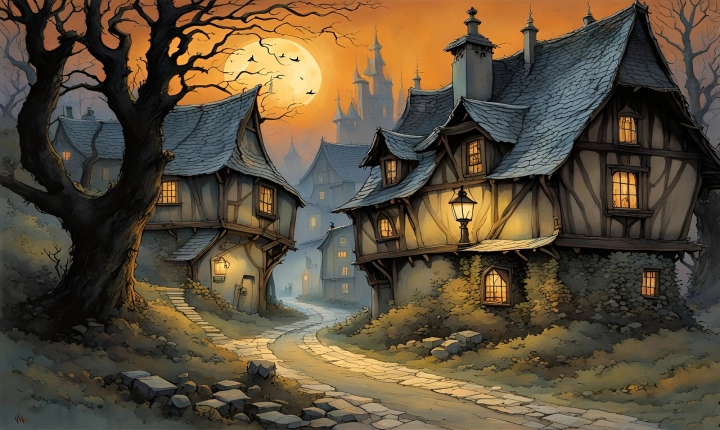Title: How to Create an AI Music Cover: A Step-by-Step Guide
In recent years, the field of artificial intelligence (AI) has made significant advancements in various creative domains, including music. One fascinating application of AI in music is the creation of AI music covers—reimagined versions of existing songs generated by AI algorithms. These covers often bring a fresh perspective to familiar tunes, making them a popular choice for musicians and music enthusiasts alike. If you’re interested in creating your own AI music cover, this step-by-step guide will walk you through the process.
Step 1: Select a Song
The first step in creating an AI music cover is to select a song that you’d like to reimagine. This could be a classic hit, a contemporary pop track, or something entirely unexpected. Consider choosing a song that has a strong melody or a distinct sound, as these elements will provide a solid foundation for the AI algorithm to work with.
Step 2: Gather Dataset
Once you’ve selected the song, the next step is to gather a dataset of musical data. This dataset could include the sheet music, MIDI files, or audio recordings of the song. The more comprehensive and diverse the dataset, the better the AI algorithm will be able to understand and interpret the musical elements of the original song.
Step 3: Train the AI Model
With the dataset in hand, it’s time to train an AI model to generate the music cover. There are various AI platforms and tools available that can be used for this purpose, such as TensorFlow, PyTorch, or Magenta. You may also choose to use pre-trained models or develop your own based on your specific project requirements.
During the training process, the AI model will learn the musical patterns and structures present in the dataset, enabling it to generate a unique and original music cover based on the input song.
Step 4: Refine and Edit
Once the AI model has generated a music cover, it’s essential to refine and edit the output to ensure that it aligns with your creative vision. Depending on the complexity of the AI-generated cover, you may need to make adjustments to the melody, harmony, rhythm, and instrumentation. This step allows you to add your personal touch to the AI-generated music cover and tailor it to your preferences.
Step 5: Mix and Master
After refining the AI-generated music cover, the final step is to mix and master the track to achieve the desired sound quality. This involves adjusting the levels of individual instrument tracks, applying audio effects and processing, and ensuring that the overall audio mix is balanced and cohesive.
Step 6: Release and Share
Congratulations! You’ve successfully created an AI music cover. Now it’s time to share your creation with the world. Whether you choose to release it on streaming platforms, social media, or your own website, sharing your AI music cover allows others to experience and appreciate your innovative approach to music creation.
In conclusion, creating AI music covers is a compelling way to explore the intersection of technology and creativity. By following this step-by-step guide, you can embark on your own AI music cover project and discover the unique musical possibilities that AI has to offer. As AI continues to advance, we can expect to see even more groundbreaking applications of AI in music, further expanding the boundaries of musical expression and innovation.
